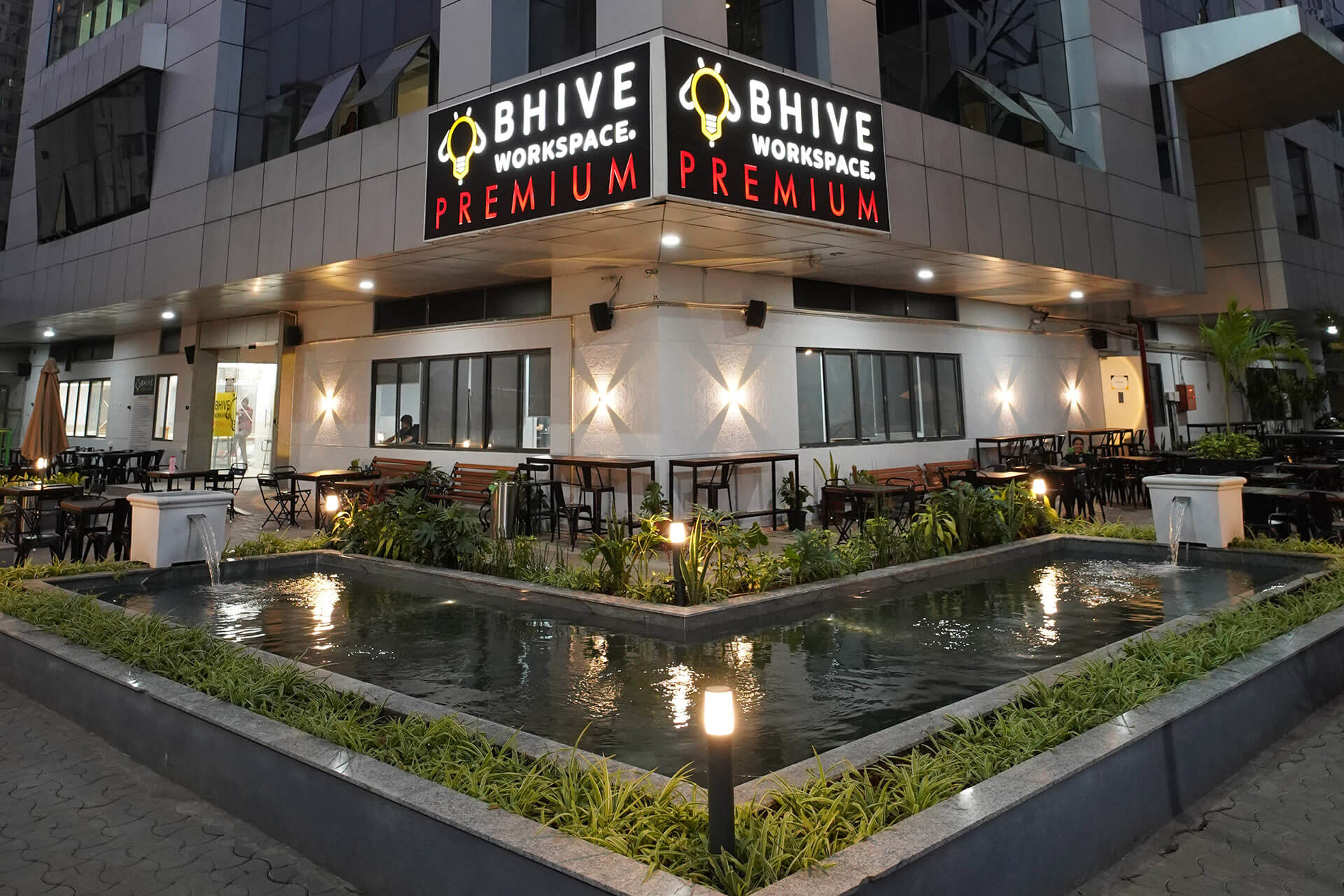E - PAPER
Ar. Vikas Dilawari Restors Iconic 96-Year-Old Building
Refurbishing a 36,000-sq-ft heritage building, that came up soon after the last global pandemic—the Spanish Flu—and reflected the common and unifying facades of the city then, has led to conservation architect Vikas Dilawari winning a prestigious award.
 BY
Realty Plus
BY
Realty Plus
Published - Monday, 19 Apr, 2021

Refurbishing a 36,000-sq-ft heritage building, that came up soon after the last global pandemic—the Spanish Flu—and reflected the common and unifying facades of the city then, has led to conservation architect Vikas Dilawari winning a prestigious award.
His effort at restoring the 96-year-old Commissariat building at Fort— one of the multi-tenanted commercial buildings —was declared structurally unsafe not too long ago—have earned Dilawari the first prize at Housing Urban Development Corporation's Design Awards 2020-2021, reinstating the architect's long-standing belief in the endangered heritage dictum: “Repair, don’t redevelop”.
The heritage building and its importance
Built in 1925 in the Renaissance Revival style, the Commissariat building— standing at the junction of the busy Dr DN Road and R Dadaji Street —boasts of the trademark pedestrian arcade on the ground floor which became the unifying factor for all the buildings that came up here after the demolition of the Fort walls in 1860s.
Erected between 1890 and 1910, these buildings on the then Hornby Road, were used as commercial head offices of banks and insurance companies.
After World War I the arcade— that proffered shaded areas for walks —was replicated by all the buildings that underwent redevelopment on the eastern side of the road. Among such redeveloped single-ownership buildings of the 1920s, was the eponymous Commissariat, a ground-plus-four storeyed structure belonging to a wealthy family of Parsi merchants. Its ground floor boasted of shops while the top floors belonged to offices. A fifth floor had been added in the early 1950s.
The problems with the building
Problems are many when it comes to restoring such structures. While (rental) cessed heritage Grade III and precinct buildings built prior to 1944 are now allowed redevelopment, high-rises keep popping up in heritage precincts. Another hindrance to the sustenance of heritage properties is the Rent Control Act of 1944 which makes most tenants prefer redevelopment over conservation that make them owners from a tenant. Which is why Commissariat —which had received several notices from MCGM for its repairs —stands out.
The Process of Restoration
Typically, such buildings undergo reconstruction but here, the owners decided to fund the restoration and the tenants cooperated by emptying the premises as required. In a neighbourhood of similar dilapidated buildings, stands testimony to the fact that it is “wiser, economical and sustainable to repair and restore than to redevelop,
When we started restoration work in 2018, all the wooden queen-post trusses (the arch-shaped frames on the roof) were in a precarious condition. So were the terrace slabs on the fifth floor and the tiled roof. Given that the building was both vulnerable to damage under harsh repairs and in constant use, we divided the work into five phases, starting—literally—from the top.
After we replaced the roof with traditional wooden boarding and Mangalore tiles, the building not only got a massive facelift but also became insulated from the ravages of heat and water. Later, the team removed the paint from the dilapidated facades, sutured their cracks with stainless steel staples and camouflaged them with stone dust. With the eye of a dentist working a cavity, he then filled missing ornamentation details of cornices, corbels using lime surkhi, mortar and repaired the monsoon-ravaged jack arches. Soon, common areas like the staircase, lift lobby and the toilets were refurbished. In the end, the team rehauled the building’s electrical circuitry which was a mess. As lockdown held up the work, final touches are still in progress. With the provision of CCTVs and internet cables, the Commissariat looks all set to weather another new normal.
RELATED STORY VIEW MORE
NEWS LETTER
Subscribe for our news letter
E - PAPER
-

CURRENT MONTH 
LAST MONTH















